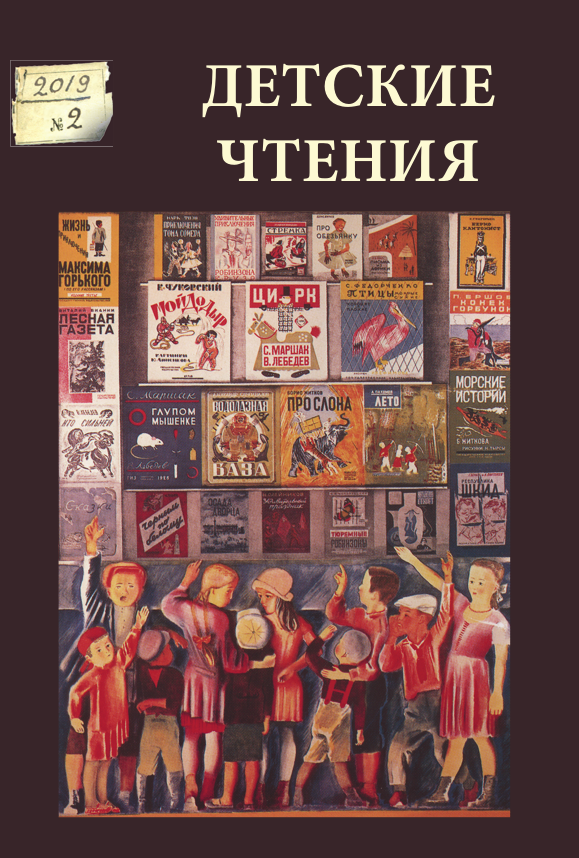“Mon Camarade”: soviet influences and transfers in a communist magazine for children?
DOI:
https://doi.org/10.31860/2304-5817-2019-2-16-206-230Abstract
A very militant newspaper and initially (1933) based on a model of Leninist propaganda, MC aimed at raising awareness about Soviet childhood and the USSR. But it is part of a context in which ideological objectives, mobilization themes and collective actions are adapted to France. On the other hand, if its readers can learn about Soviet authors (Lev Kassil, Alexis Tolstoy) and an idyllic and simplified representation of the USSR, the newspaper is increasingly modelled on the popular children’s press (Mickey Mouse’s Journal) and the illustration increasingly inspired by American comic strips. In a context of economic crisis, the newspaper then calls on French cartoonists who seem to know very little about the USSR. Also, even if MC remains until the end a newspaper with a specific ethics, the transfers from Soviet culture are always the object of a reappropriation by the French team. Its initiator, Georges Sadoul, plays a decisive role in this process.
Keywords: Mon Camarade, children’s magazines, Georges Sadoul, French cartoonists, French communist Party, French Pionneers, Cultural Transfers, Comic strips, Lev Kassil, Alexis Tolstoj.







